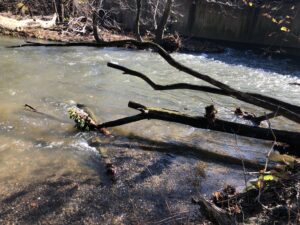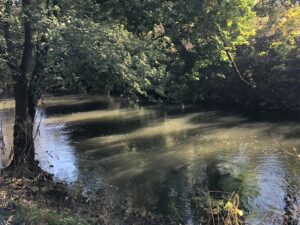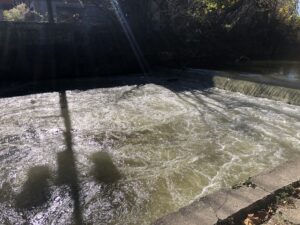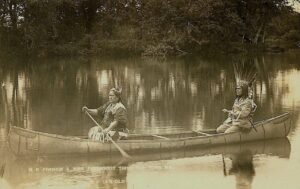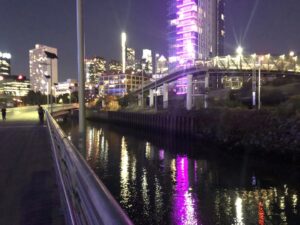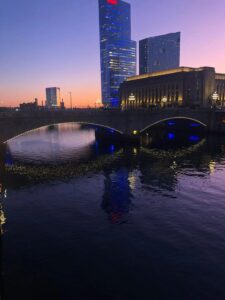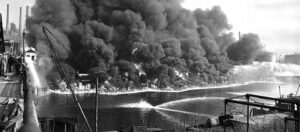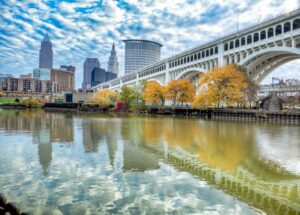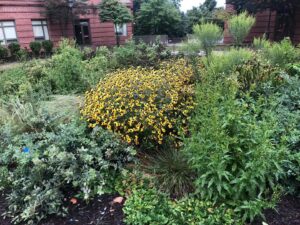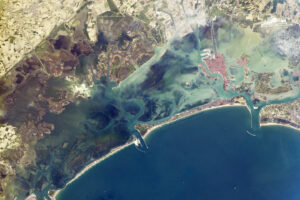
Recently, many news reported the flooding in the lagoon city of Venice. The rising water level caused by flooding reached its highest peak in more than 50 years. While the flooding is the major concerning to many and is reported through media massively, I found the lagoon water system in Venice interests me more.
A lagoon is a shallow body of water separated from seas by islands. The Venetian Lagoon is surrounded by island barriers and the Adriatic Sea. Venice, the city, was built on islands situated inside the lagoon. I found that this would be a good topic for the story map. Firstly, the lagoon was built six to seven thousand years ago by engineers living in the Roman era, so there is a history approach connected to the waters. Besides, three canals run through that stretch of land, connecting commercial activities between Venice merchants and commercial vessels from other countries. This is the economic side. The interactions between the rising sea tides and rivers in the lagoon are interesting to delve into as well. What’s more, Venice’s water is highly polluted, because people dump sewage water in the canals. Therefore, this topic would also relate to the great stink that we discussed in the class.
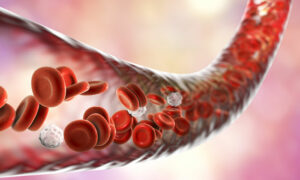 When reflecting on today’s class discussion, I recall that someone said there are rivers inside our bodies. I feel this in a same way. A blood vessel is similar to a riverbed that carries blood, which resembles a river itself. Indeed, blood that mainly consists of hemoglobin in the human body delivers oxygen and nutrient to prevent our tissues and organs in different parts from dying. In this way, they also act as connectors. Similarly, rivers connect different places and bring lives and vitality to areas they flow through.
When reflecting on today’s class discussion, I recall that someone said there are rivers inside our bodies. I feel this in a same way. A blood vessel is similar to a riverbed that carries blood, which resembles a river itself. Indeed, blood that mainly consists of hemoglobin in the human body delivers oxygen and nutrient to prevent our tissues and organs in different parts from dying. In this way, they also act as connectors. Similarly, rivers connect different places and bring lives and vitality to areas they flow through.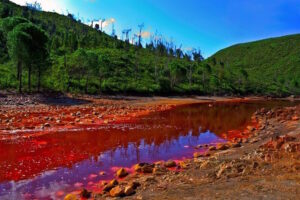
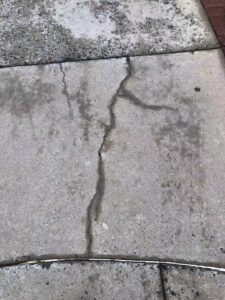
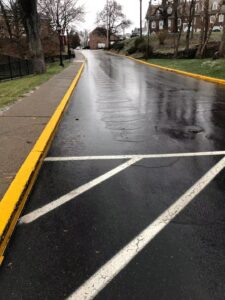
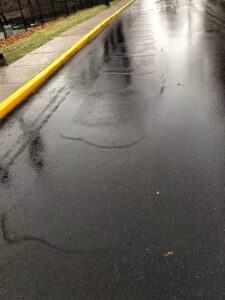
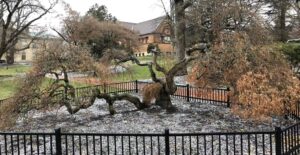
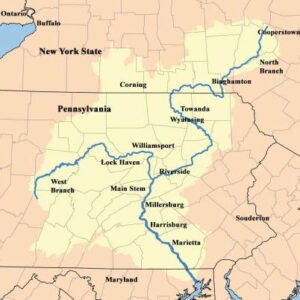 I think the shape of this tree resembles Susquehanna Rivers. The branch close to the ground is the main body of the river, and the two branches point toward the sky are respectively north branch and west branch of the river.
I think the shape of this tree resembles Susquehanna Rivers. The branch close to the ground is the main body of the river, and the two branches point toward the sky are respectively north branch and west branch of the river.